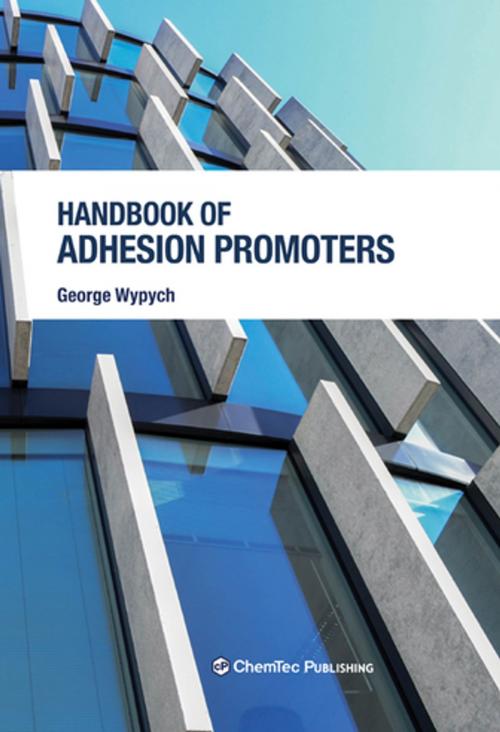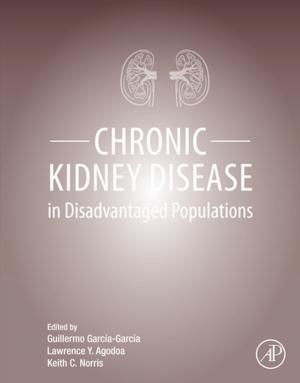Handbook of Adhesion Promoters
Nonfiction, Science & Nature, Technology, Textiles & Polymers, Material Science| Author: | George Wypych | ISBN: | 9781927885307 |
| Publisher: | Elsevier Science | Publication: | February 22, 2018 |
| Imprint: | ChemTec Publishing | Language: | English |
| Author: | George Wypych |
| ISBN: | 9781927885307 |
| Publisher: | Elsevier Science |
| Publication: | February 22, 2018 |
| Imprint: | ChemTec Publishing |
| Language: | English |
Handbook of Adhesion Promoters provides a comprehensive review of the current options and the latest knowledge on adhesion promoters. Essential aspects of adhesion promoters are discussed, including properties and potential applications of all adhesion promoters. The book outlines known mechanisms, principles of use and the application of different groups, and includes two chapters explaining requirements for preparing substrate surface. A full chapter is devoted to polymer modification, which can help improve adhesion. The last four chapters contain information on the evaluation and selection of adhesion promoters, which work with different polymers or products, improve filler-matrix performance or help prevent corrosion.
This handbook is a useful source of information for engineers, technicians and researchers involved in development, manufacture, legislation or production of a variety of products. Adhesion promoters form a very important group of additives, without which many industrial products cannot perform according to requirements. Silanes originally formed the most widely used group of adhesion promoters, but increasing numbers of new additives have been entering the market, increasing options and possibilities. These additives are needed for a variety of products in which silanes do not function or are too expensive, or where better performance can be achieved with the new additive.
- Presents detailed and current information on adhesion promoters, including additives that are both widely used and recently introduced
- Covers the critical aspects involved in the application of adhesion promoters
- Supports the reader in the selection of adhesion promoters, in terms of properties, application and potential
Handbook of Adhesion Promoters provides a comprehensive review of the current options and the latest knowledge on adhesion promoters. Essential aspects of adhesion promoters are discussed, including properties and potential applications of all adhesion promoters. The book outlines known mechanisms, principles of use and the application of different groups, and includes two chapters explaining requirements for preparing substrate surface. A full chapter is devoted to polymer modification, which can help improve adhesion. The last four chapters contain information on the evaluation and selection of adhesion promoters, which work with different polymers or products, improve filler-matrix performance or help prevent corrosion.
This handbook is a useful source of information for engineers, technicians and researchers involved in development, manufacture, legislation or production of a variety of products. Adhesion promoters form a very important group of additives, without which many industrial products cannot perform according to requirements. Silanes originally formed the most widely used group of adhesion promoters, but increasing numbers of new additives have been entering the market, increasing options and possibilities. These additives are needed for a variety of products in which silanes do not function or are too expensive, or where better performance can be achieved with the new additive.
- Presents detailed and current information on adhesion promoters, including additives that are both widely used and recently introduced
- Covers the critical aspects involved in the application of adhesion promoters
- Supports the reader in the selection of adhesion promoters, in terms of properties, application and potential















